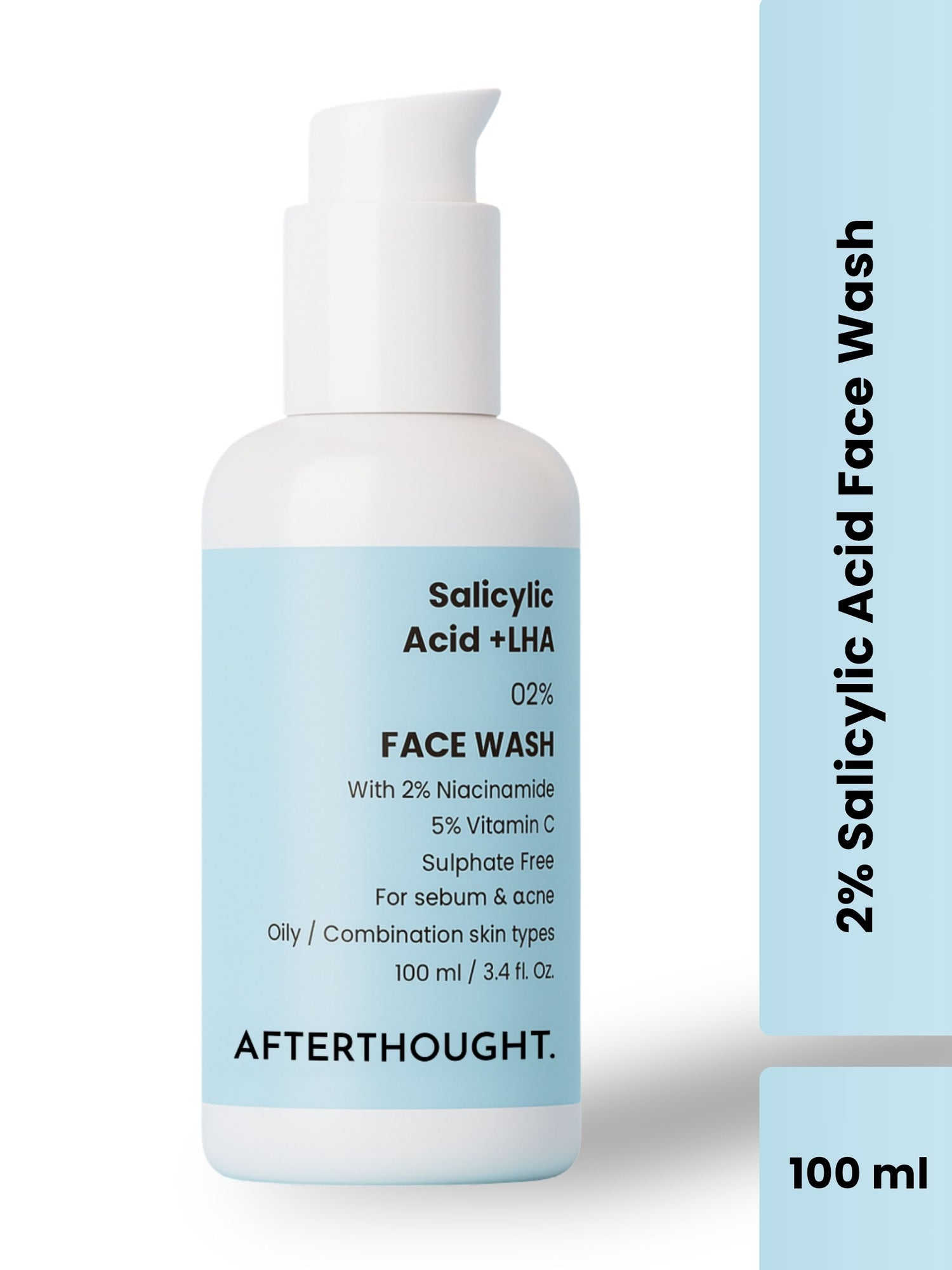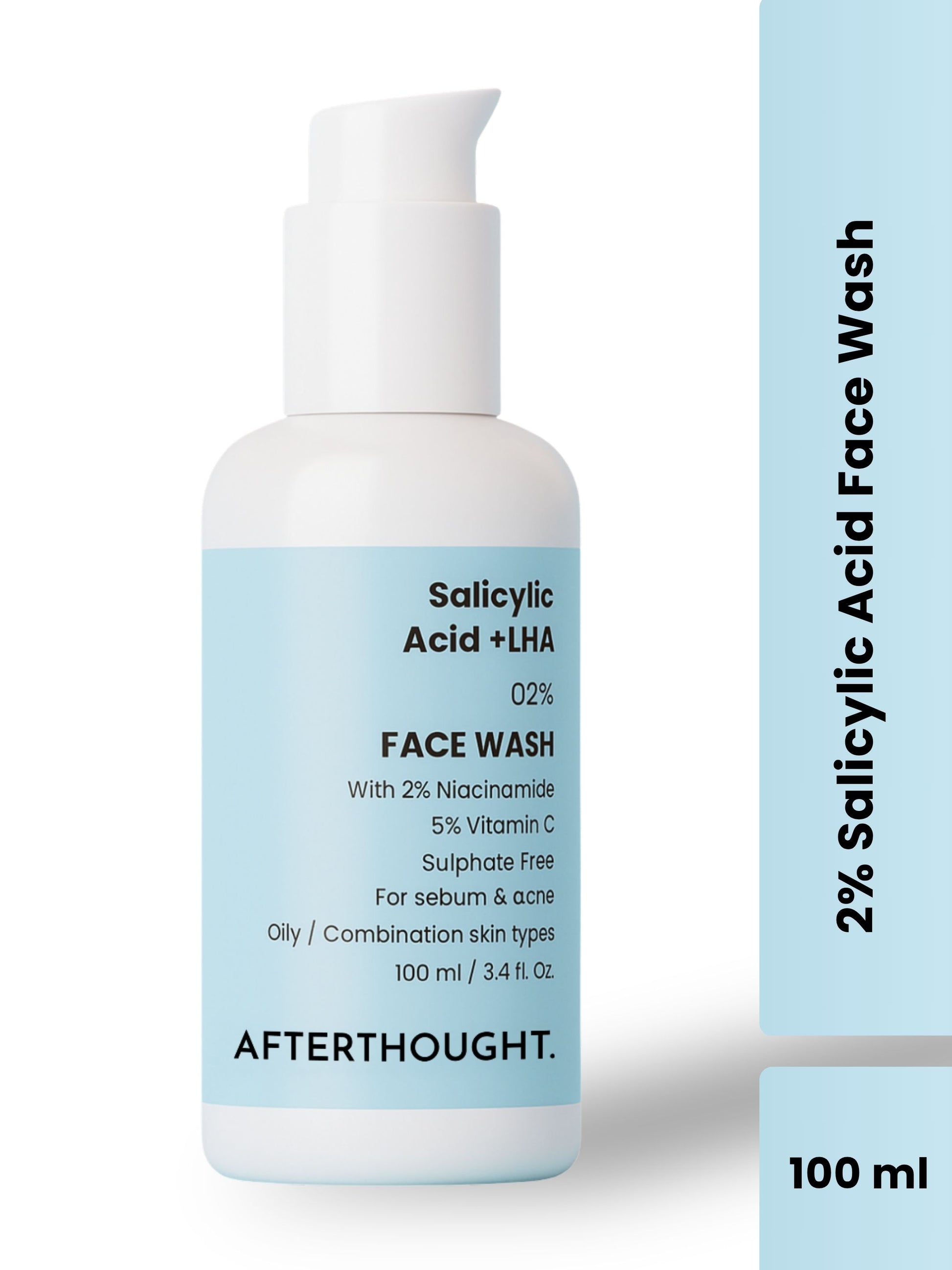How To Use Face Wash For Oily Skin?
Welcome to Afterthought. Oily skin can be a challenge to manage, but with the right face wash and skincare routine, you can keep your skin looking fresh and healthy. In this comprehensive guide, we’ll explore the best practices for using face wash on oily skin, the ingredients to look for, and additional tips to maintain a balanced complexion.
Understanding Oily Skin
Oily skin is characterized by an overproduction of sebum, a natural oil produced by the sebaceous glands. While sebum helps protect and hydrate the skin, excessive amounts can lead to clogged pores, acne, and a shiny appearance. Factors contributing to oily skin include genetics, hormonal changes, diet, and environmental conditions.
Choosing the Right Face Wash
When selecting a face wash for oily skin, consider the following:
- Ingredients: Look for products containing salicylic acid, benzoyl peroxide, or alpha hydroxy acids (AHAs) like glycolic acid. These ingredients help exfoliate the skin, unclog pores, and reduce oil production. Natural ingredients such as tea tree oil and clay can also be beneficial.
- Formula: Gel-based or foaming cleansers are generally more effective for oily skin compared to cream-based formulas. They help remove excess oil and impurities without leaving a greasy residue.
- Non-comedogenic: Ensure the face wash is labeled as non-comedogenic, meaning it won’t clog pores.
- pH Balance: Opt for a face wash with a pH level similar to your skin’s natural pH (around 5.5) to maintain the skin’s barrier function.
Step-by-Step Guide to Using Face Wash for Oily Skin
Preparation
- Remove Makeup: Use a gentle makeup remover to eliminate any makeup, especially around the eyes and lips, before washing your face.
- Wash Your Hands: Clean hands prevent transferring bacteria and dirt to your face.
Application
- Wet Your Face: Use lukewarm water to wet your face. Hot water can strip the skin of natural oils, leading to overproduction of sebum.
- Dispense the Cleanser: Take a small amount of face wash and lather it between your palms.
Cleansing
- Massage Gently: Apply the cleanser to your face using gentle, circular motions. Focus on oily areas like the forehead, nose, and chin, but be gentle to avoid irritation.
- Avoid Over-Cleansing: Limit the cleansing process to no more than 30-60 seconds to prevent stripping your skin of essential oils.
Rinsing
- Rinse Thoroughly: Use lukewarm water to rinse off the cleanser completely. Ensure no residue remains, as leftover product can lead to clogged pores.
- Pat Dry: Gently pat your face dry with a clean, soft towel. Avoid rubbing, as it can irritate the skin.
Post-Cleansing Care
- Tone: Use an alcohol-free toner to restore the skin’s pH balance and remove any residual impurities.
- Moisturize: Even oily skin needs hydration. Choose a lightweight, non-comedogenic moisturizer to keep your skin balanced.
- Sunscreen: During the day, apply a broad-spectrum sunscreen with an SPF of 30 or higher to protect your skin from UV damage.
Additional Tips for Managing Oily Skin
- Regular Exfoliation: Exfoliate 2-3 times a week to remove dead skin cells and prevent clogged pores. Avoid over-exfoliating, which can irritate the skin and trigger more oil production.
- Healthy Diet: Maintain a balanced diet rich in fruits, vegetables, and lean proteins. Avoid excessive consumption of sugary and fatty foods, which can exacerbate oiliness.
- Stay Hydrated: Drink plenty of water to keep your skin hydrated and help regulate oil production.
- Avoid Touching Your Face: Minimize touching your face throughout the day to prevent transferring bacteria and oils from your hands.
- Consistent Routine: Stick to a consistent skincare routine tailored to your skin type. Sudden changes can disrupt your skin’s balance and worsen oiliness.
Conclusion
Managing oily skin requires diligence and the right products. By choosing a suitable face wash, following a thorough cleansing routine, and incorporating additional skincare tips, you can achieve a clearer, more balanced complexion. Remember, consistency is key, and with patience, you’ll find a routine that works best for your skin.









